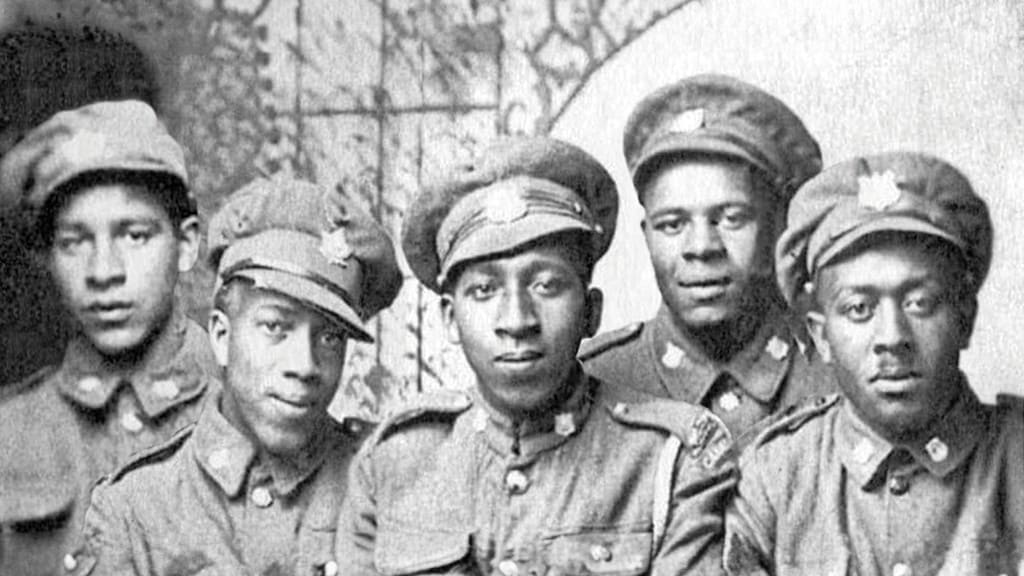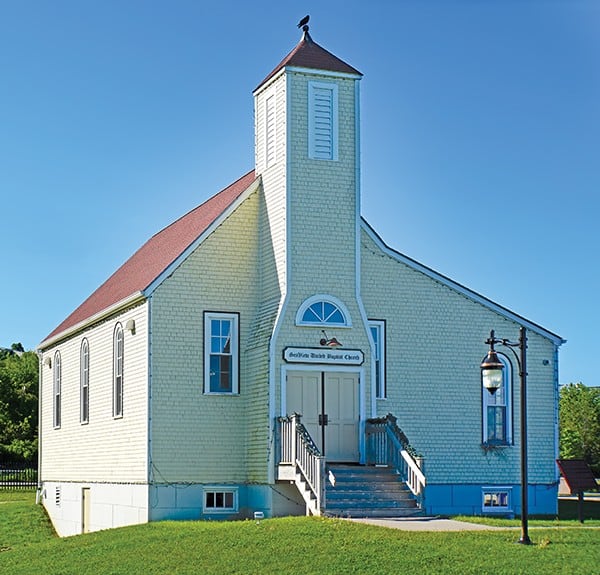
Africville: Honouring Canada’s Forgotten Pioneers
By Maggie John
As seen on Context Beyond The Headlines, stream at intothecastle.com
Do you have a bucket list? Things you want to do before you die? Mine isn’t that long, mostly because I haven’t given it much thought since I’m always so busy! Years ago, I added one place to that short list, and I checked it off last December.
Visiting Africville and telling the story has been a dream of mine for over 15 years. Now I get to share it with the viewers of Context.
The history of Black Canadians in this country is long and complex. Some came as enslaved people; experts say there were around 300-500 Black slaves at one point in Nova Scotia. Yes, Canada had slavery. Some came as Black Loyalists, agreeing to fight in the War of Independence and again in the War of 1812. The British promised them land and freedom in what would later become Canada. Several Black migrants came from the Caribbean Island of Jamaica called the Maroons. When all was said and done, historians think there were just under 4,000 Black settlers in Nova Scotia in the mid-1700s, long before Canada was founded, or the province had a name. Pioneers in their own right–I call them Canada’s Forgotten Pioneers.
These pioneers created 52 Black settlements over that period. They were places where African descendants could live in community and find belonging at the height of racism and segregation. While African Nova Scotians, as they are called today, played pivotal roles in forming the province, they were not welcomed by white society. They were viewed as a threat. David George was a Black pastor in Shelbourne County who had been baptizing White Loyalists. Many of the White community members were angry. It added to their fears, like jobs being taken away – inciting the first race riot in North America in 1784 in Shelbourne, Nova Scotia. This man of God was beaten to a pulp forcing him to leave the village and move to the predominantly Black community of Birchtown.
As I walked on the land that once was Africville, a small community created along the water just outside of Halifax around 1848, I thought about the early Black settlers who worked in the city during the day and needed a community close enough to their jobs so that they could get to work. I learned about their determination to create a community out of nothing. Located on the outskirts, one can only imagine what it was like to watch it slowly establish new independence. I wondered if there were lessons from their courage that we could glean from today. At its height, 400 families were living in what became known as Africville.
A church was built in the centre of the town. A schoolhouse, stores, and shops opened.
But slowly, the city started encroaching on the land. A railway was constructed next to the community. The city piled garbage in a dump beside homes. A bone-crushing facility opened at the top of the hill. As Carme Robertson, Educator at the Africville museum, said, “They paid their taxes but didn’t receive any of the amenities…they didn’t have clean water, and emergency services refused to come to Africville.”
Over time there were boil water advisories, sewage backed up, and the promises of freedom and land made so many years ago by the British became a distant memory.
By the 1960s, the city started to talk about razing the community and “relocating” the residents. Many outside the community called it an “eye-sore” and wanted it gone. Those that lived in Africville called it home.
After community consultations, a decision was made: Africville would be no more. Protests and petitions were ignored. In the darkness of a summer night in 1967, Seaview United Baptist Church, the centre of the community for many years, was destroyed. Soon after, houses were bulldozed while residents’ belongings were removed by dump trucks.
Treated like chattel, the Africville community disappeared.
On February 24, 2010, Halifax Mayor Peter Kelly apologized, saying, “We realize words cannot undo what has been done. But we are profoundly sorry and apologize to each and every one of you. The repercussions of what happened to Africville linger to this day. They haunt us in the form of lost opportunities for the young people who never were nurtured in the rich traditions, culture, and heritage of Africville.” A replica of the original church was erected and opened in 2011 as part of the city’s apology.
I walked through the museum housed inside the new church, and I explored the hallowed grounds of what once was a bustling community stolen forever. I felt their pain in the soil, simultaneously quiet and deafening. While the new structure symbolizes the past, the Africville Museum houses only artifacts of what it once was. A sad reminder of an ugly past.
To this day, there are still boil water advisories in Indigenous communities across Canada; and the conditions of some of the communities are in disrepair. How can this still be after what happened in Africville? Should lessons not have been learned? These lessons have been hidden from generations of Canadians. Many school history books are void of the full breadth of Canadian history, including the role Black Canadians played in forming this country.
What amazes me about Canada’s Forgotten Pioneers is that we do not know much about them, even though they played a pivotal role in the formation of our country. For years I heard about the Underground Railroad and Canada’s role as a place of refuge for many Black slaves fleeing the Americas looking for freedom and finding it here. But nothing was ever shared about the Black Loyalists who fought in the British army for a promise never kept. Nothing has been taught about the 300-500 Black slaves owned and traded on this soil.
In the summer of 2022, Prime Minister Justin Trudeau visited Nova Scotia and issued an apology to the descendants of the Number 2 Construction Battalion – a group of Black men who were not allowed to fight in the Canadian army during the First World War. Instead, they were assigned to repair roads. According to the PMO, “they cut the lumber used in the trenches, railways, and even aircraft – they faced systemic anti-Black racism throughout the war.” But there are also stories of hope and success.
During my visit, I met with the First Black Female Lieutenant Governor of Nova Scotia, The Honourable Mayann Francis. It was the second time I had the honour of interviewing Her Honour.

She is someone I hold in great revere. I know personally what it is like to be the “first Black woman,” and with it comes much honour and yet, a great burden.
This time we discussed her legacy. She served in the office from 2006-2012 and brought the name Viola Desmond to the country and the world. Ms. Desmond’s face now dawns on the ten-dollar bill, but the injustice shown to Ms. Desmond in 1946 when she went to a movie theatre one night after her car broke down and was asked to leave the “Whites only” section of the theatre is despicable. She was arrested and thrown into jail, charged a penny for her crime, a fine she was never allowed to pay. That fine was still connected to her name until 2010 when the first Black female Lieutenant Governor appointed a free pardon and forgave Ms. Desmond’s debt of one cent—an honour that Ms. Francis calls ‘God’s calling on her life.’
Viola Desmond will now forever be memorialized on our currency.
But as Vanessa Fells, Director of Operations for the Nova Scotia Decade for People of African Descent Coalition, believes we need to look past performative gestures, “It’s time that you see us as contributing to Canadian society each and every day.”
So, what does this mean for the future of African Nova Scotians, of which many generations still live to this day? What does this forgotten history mean for the future of Canadians in general? What does this mean for the painful past and trauma?
I pray that as people of God, we sit in the uncomfortable, live face-to-face with the truth, and commit to being agents of change in our country. That is what being followers of Christ looks like.

